
It’s been some twenty years since the last time Bruce Dickinson released a solo album – 2005’s Tyranny Of Souls – which is hardly surprising, when you consider his relentless schedule with Iron Maiden. Yet, in many ways, despite the gap, it’s business as usual. Reunited with long-standing producer Roy Z (who also handles bass and guitar), as well as returning bandmates Dave Moreno (drummer), and Maestrro Mistheria (keyboards), little has changed in the Dickinson camp save for a pair of guest spots from Gus G (Firewind), and Chris Declerq.
Developed over nearly five years, thanks in no small part to the turmoil caused by the pandemic, The Mandrake Project is a typically expansive affair, being a multimedia concept with an accompanying twelve-part comic book set for release over the coming months. Thematically, it’s heavyweight stuff, dealing in science, the occult, and the abuse of power, while musically it charts similar territory to both Bruce’s preceding albums and Iron Maiden’s more conceptual output of recent years. Indeed, the album even shares a song with Maiden’s 2015 album, The Book Of Souls, in the form of If Eternity Should Fail, here rendered as Eternity Has Failed, and some two-minutes shorter than the Maiden version. As such, the album received a good deal of attention before it even hit the shelves, with the question remaining – will it live up to the hype.
The album kicks off with Afterglow of Ragnarock, an already well-worn tune having been released as a single late last year, although it’s no less impressive for the familiarity. A powerful opening number, it showcases Bruce at his heaviest, and it establishes a strong presence for the album with its portentous opening giving way to a satisfyingly chunky riff and gutsy performance from Bruce. Next up, the stabbing central riff of Many Doors To Hell maintains the momentum, Mistheria’s keyboards adding to the Deep Purple vibe the track exudes. With strong lead work and a solid chorus, it’s a cracking Dickinson track, and definitely a worthy follow up to Ragnarock. The quality remains high as the band plunge into the darkly doomy Rain on the Graves, which crosscuts Maiden with Sabbath and a welcome dose of Can I Play With Madness theatricality for one of the album’s most impressive moments. Unfortunately, things start to slip a touch with Resurrection Men, which suffers from a schizophrenic edge and a production that serves to strip much of the dynamic from it. Emerging as a dusty western, complete with acoustic guitars, it has the potential to be an interesting sonic digression, before passing through trad metal to become a sort of propulsive rocker built around a woozy guitar riff. However, with the central riff having a looped feel, and the production rendering each disparate element at more or less exactly the same volume, it doesn’t quite connect, overstaying its welcome by a good minute or so. Fortunately, things get back on track with the dense metal of Fingers in the Wounds, a power ballad complete with piano and an easily addictive melody that harks back to Maiden’s classic run of albums, even throwing in some tasteful Middle Eastern elements to keep things exotic as the album reaches its midpoint.

Maiden fans will certainly be interested to hear Bruce revisiting the Book Of Souls’ highlight Eternity Has Failed. Arguably not as expansive as the Maiden version, it is a subtler, darker take ofnthe track, but it lacks the rabid interplay of Messrs Murry, Gers, and Smith. Nevertheless, the cinematic introduction acts as an impressive curtain raiser for the album’s second half, and Bruce really invests himself in the vocal. Roy Z unleashes some heavy bass on the splenetic Mistress Of Mercy, which positively explodes out of the gates, Bruce riding the storm and rendering his vocals with that blend of melodic nous and raw power that has long been his trademark. It’s another tour-de-force, and it represents the album at its very best. It’s followed by the piano-led Face in the Mirror, a surprisingly emotional ballad that feels drawn from a lifetime of life on the road and the questions that periodically surface from the haze of alcohol and adulation that comes with it. However, the power of the piece is slightly undone as another mid-tempo ballad follows in the form of Shadow of the Gods, giving the album a somewhat uneven feel. With the piece further hampered by somewhat weak synth patches, it’s a relief when the slinky Sonata (Immortal beloved) appears to close the album. Despite being another mid-tempo piece, it benefits from having a very different atmosphere, with synth percussion and interesting melodic progressions giving way to a soundscape that is almost Floyd-esque in its pacing and delivery, especially in the sensitive lead work that brings it to its conclusion, and it makes for an emotional finale to the album
Overall, The Mandrake Project is a solid album from one of metal’s most revered voices, but it does not quite reach the giddy heights of which Bruce is capable. At its best, for example on Mistress of Mercy, Afterglow in Ragnarok, and Many Doors To Hell, it’s a propulsive metal album with great performances and typically intelligent lyrics. Where it falls down, however, is with an awkward sequence that sees three mid-tempo pieces placed back-to-back at the album’s conclusion, and a production that favours volume over dynamic. Ultimately, it makes for a welcome solo return, but with a more critical eye on the editing, sequencing and final master, it could have been one of Bruce’s best. 7/10



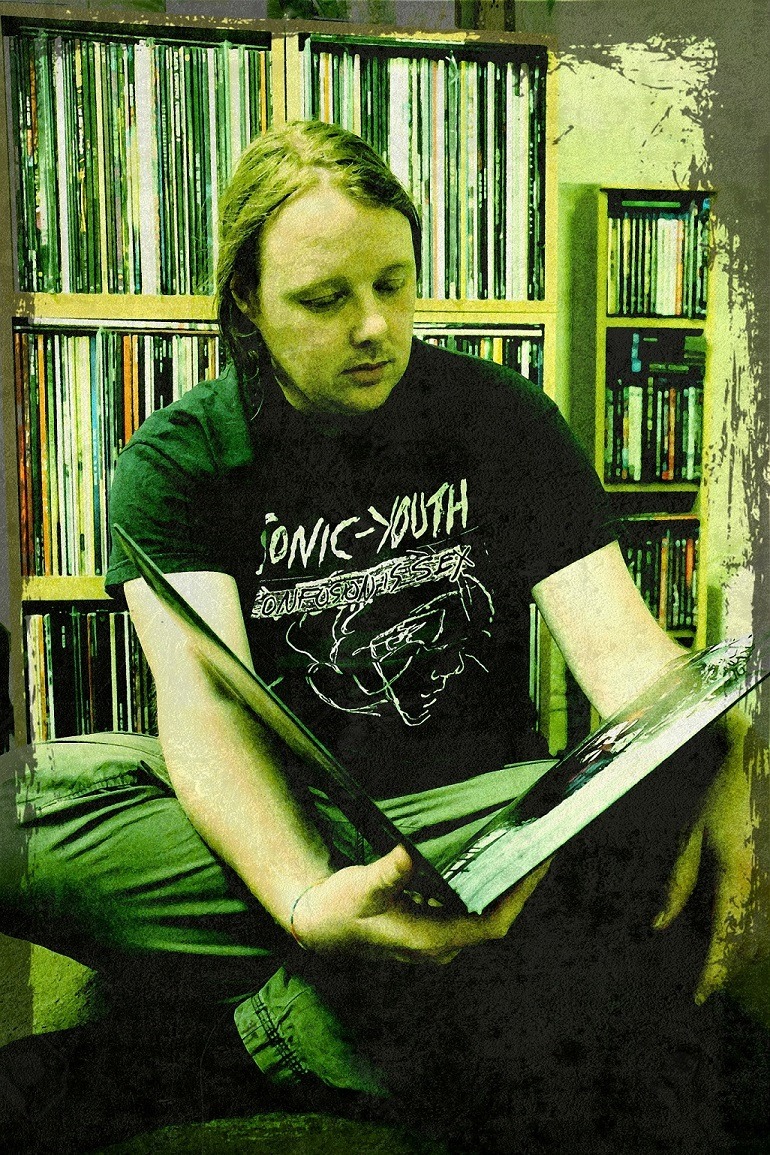
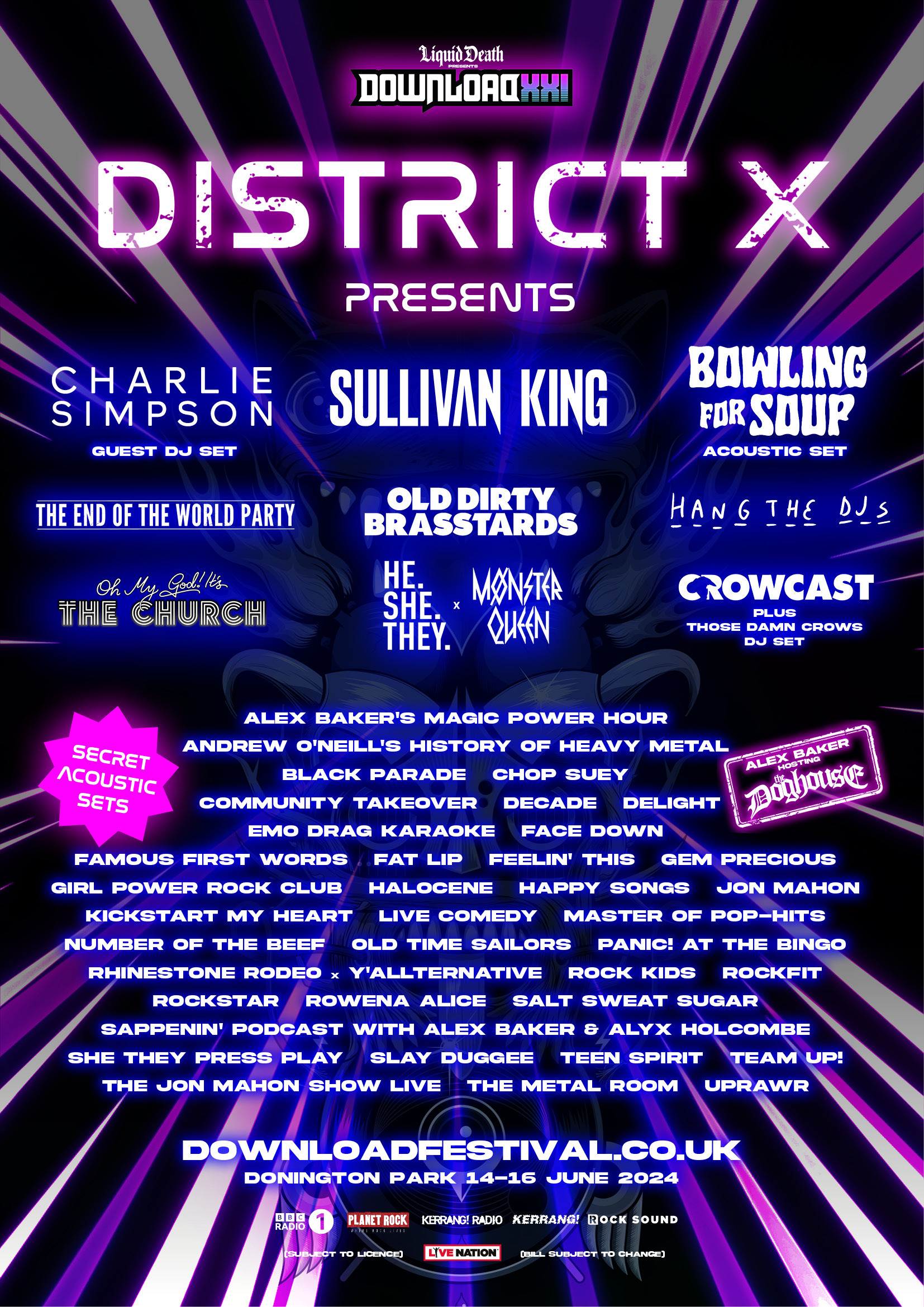
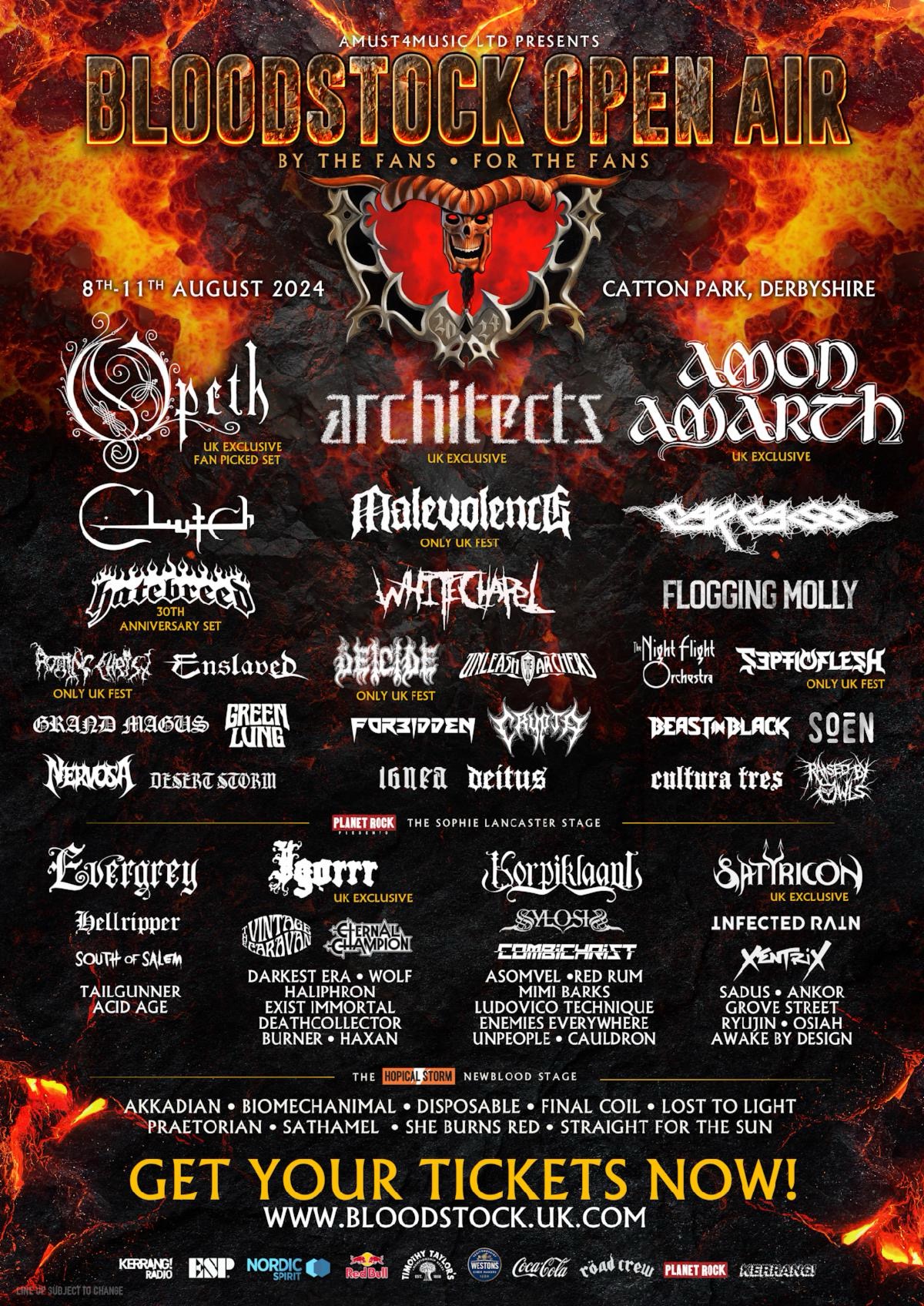
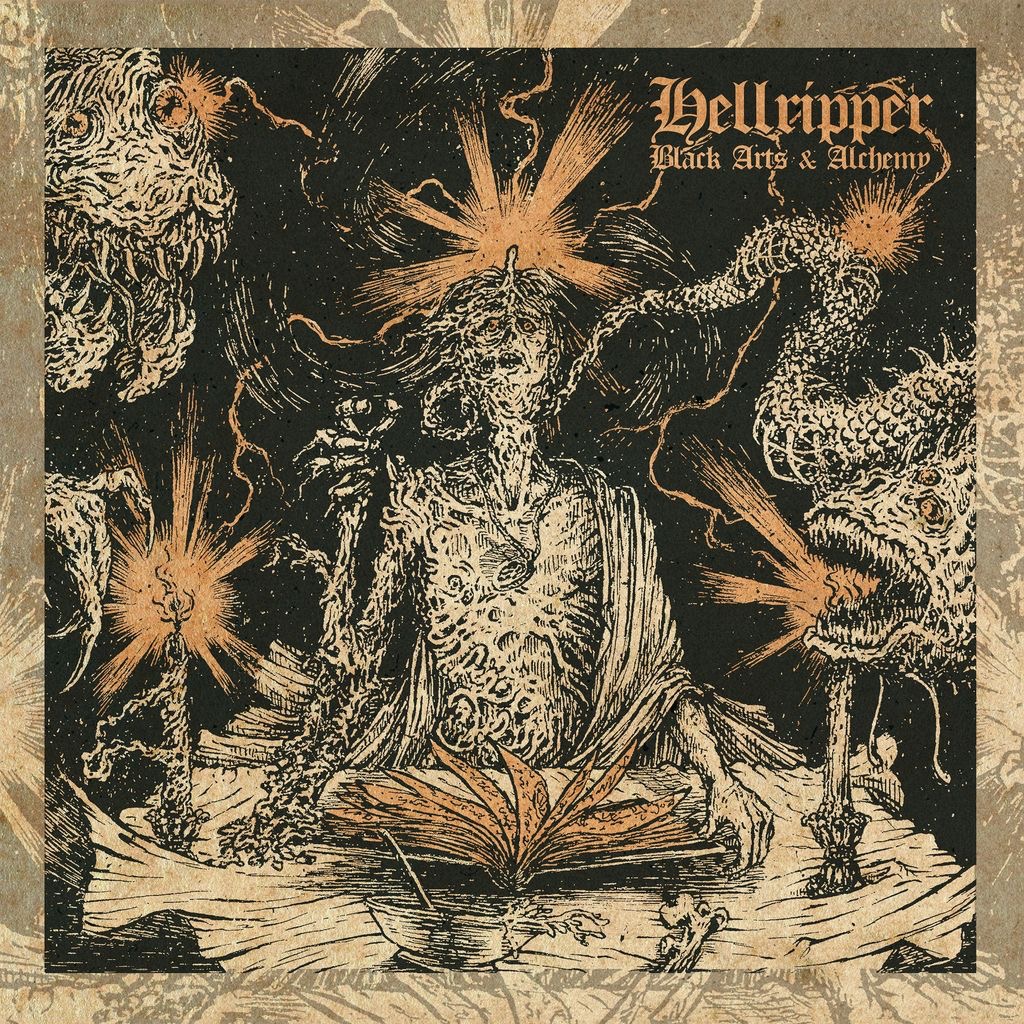
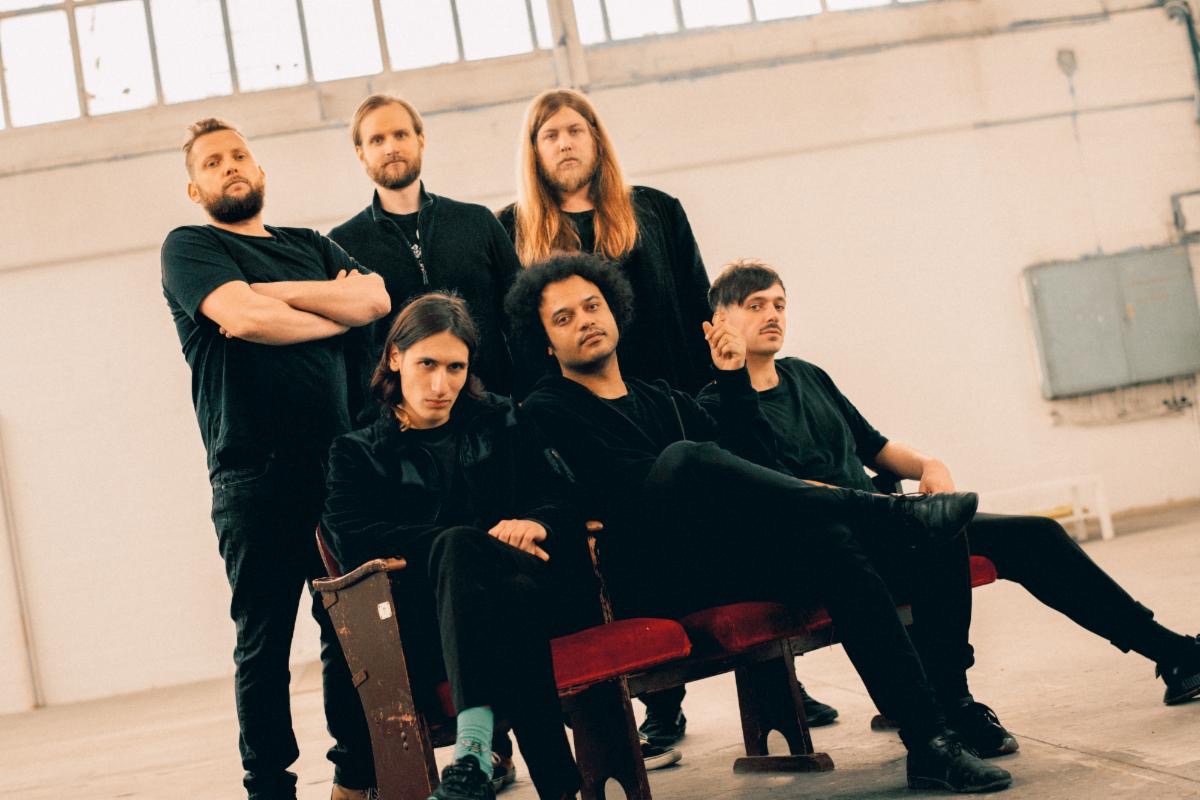
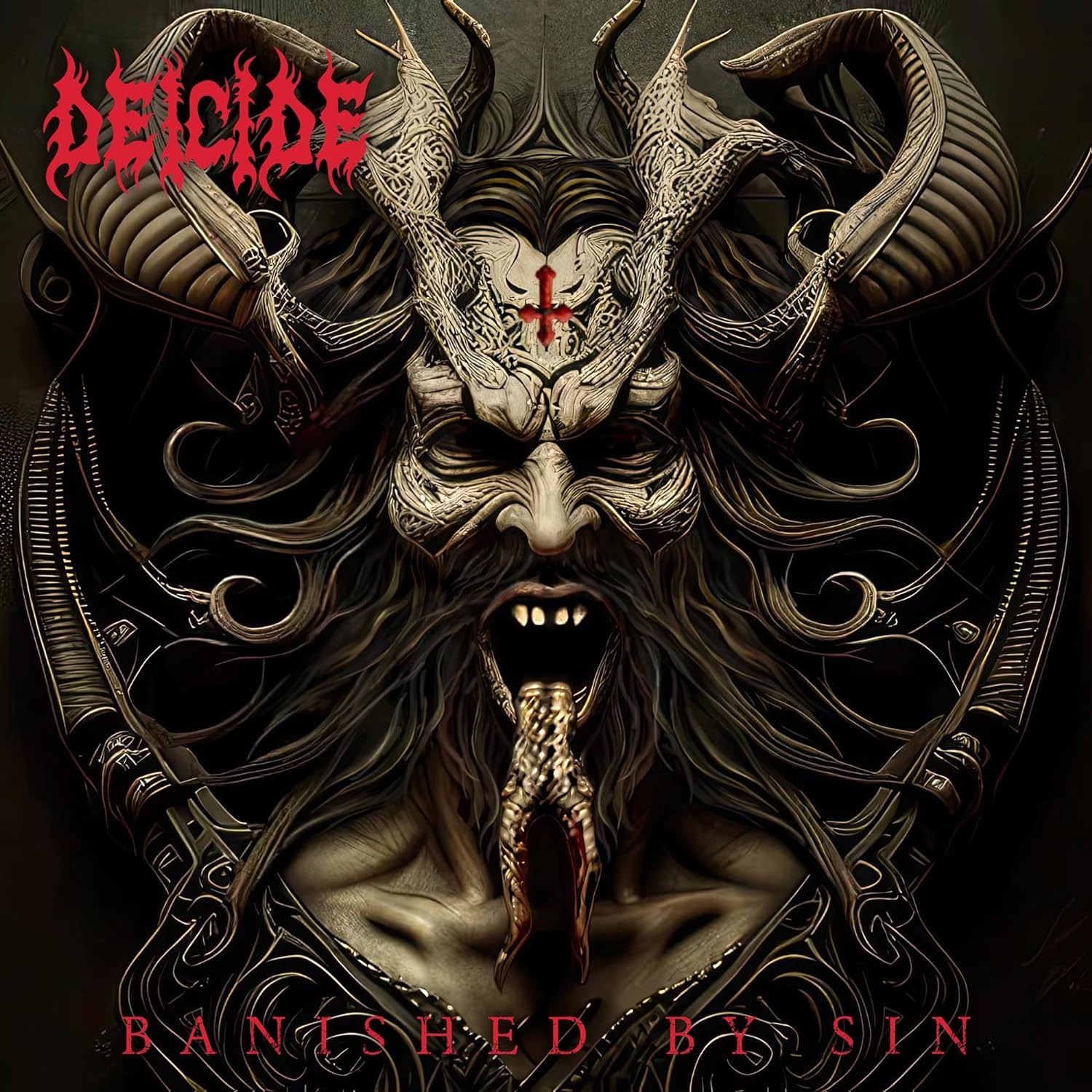

Leave a Reply